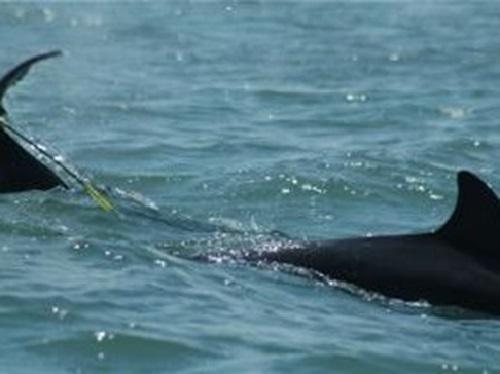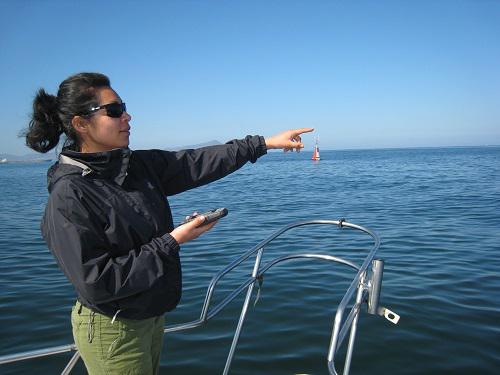Iris Segura
The aim of this project is to promote the effective conservation of small cetacean species within the Gulf of California (GC) by identifying management stocks; and to test the hypothesis that ecological complexity leads to local habitat dependence and population differentiation in these highly mobile species.

The diverse habitat within the Gulf of California (GC) supports different con-specific forms of bottlenose and common dolphins. In this project, we will investigate the role of these top predators in the complex GC ecosystem with respect to the partitioning of habitat and prey resources, and thereby facilitate the development of more effective conservations strategies. As top predators, dolphins have a significant impact on the functioning of marine ecosystems, but understanding and protecting this relationship for these species requires detailed knowledge of differences on a fine geographic scale.

Therefore, we want to quantify the genetic variation from dolphin populations that occur within the GC through an investigation at a fine geographic scale, and the application of both stable isotope (towards understanding foraging strategy) and genetic markers. We will use these data to test the hypothesis that the ecological complexity of the GC leads to local habitat dependence and genetic differentiation, as has been indicated by similar studies in the Mediterranean Sea.
We will obtain material from stranded animals, museums and biopsy samples from the study species, from different localities across the length of the GC, which will be combined with samples from the study area already in our DNA archive. We will assess dietary preferences through the analyses of carbon and nitrogen stable isotopes, and DNA will be extracted from tissue samples, and individuals genotyped at the mitochondrial DNA control region and 12 microsatellite DNA markers. We will estimate levels of genetic diversity, quantify population genetic structure, estimate directional gene flow rates among regions and investigate phylogeographic patterns. Isolation by distance models and clustering methods will be used to investigate differentiation among contiguous sample sets. These data will facilitate effective conservation both through the identification of local populations in need of separate management, and through a better understanding of the impact of local dolphin populations on the GC ecosystem.